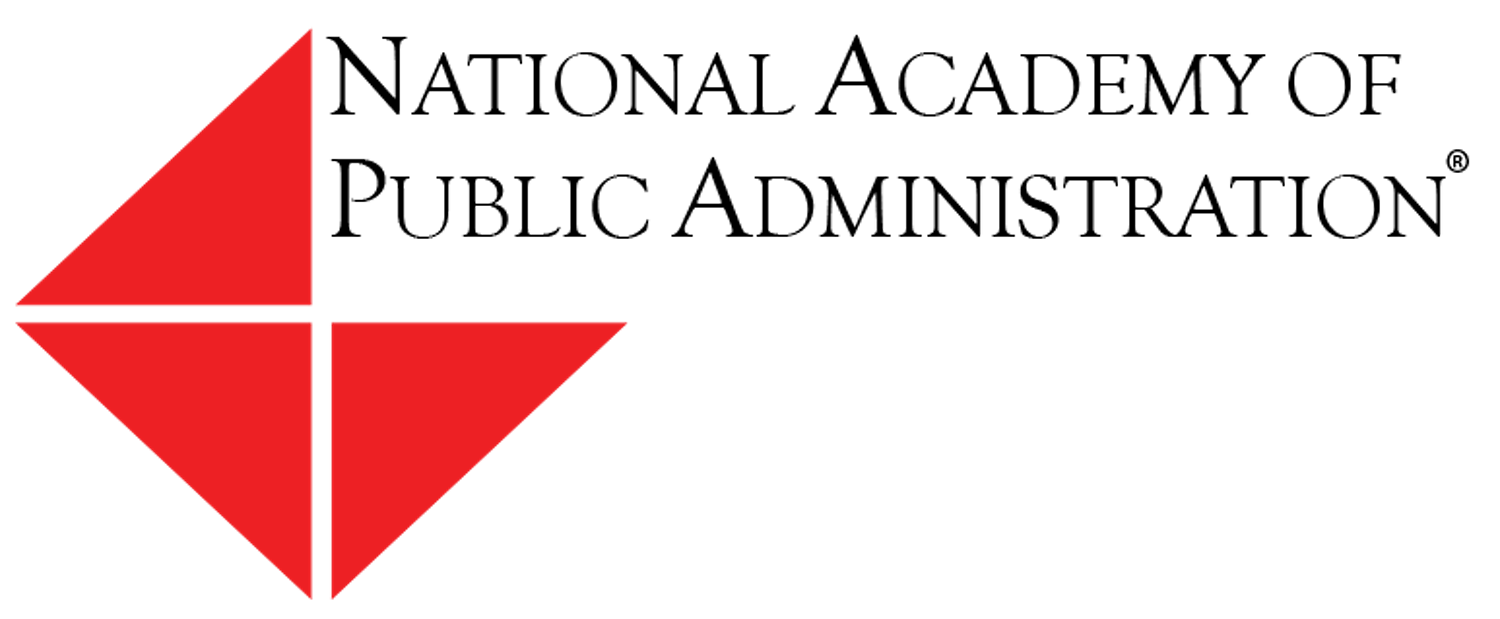
3 Programs Grappling with Intergovernmental Relations Today
Post Date: May 09, 2017
By: Marilyn Rubin
While academics continue to grapple with definitions and models of Intergovernmental Relations (IGR), the real world rolls on with intensifying awareness that different levels of government cannot "go it on their own." I briefly illustrate the realities of IGR by looking at infrastructure, disaster relief, and the social safety net (with Medicaid as an illustration) — three issues under study by NAPA's Standing Committee on Intergovernmental Relations.
Infrastructure. The United States will have to spend more than $1 trillion a year to rebuild and expand its infrastructure systems. But fixing and expanding the nation's infrastructure requires more than just money. It requires a collaborative intergovernmental system to reduce overlap and duplication of regulation and service delivery and to facilitate decision making. The 2009 American Recovery and Reinvestment Act (ARRA) provides an example of how IGR can work. The primary objective of the ARRA was to infuse funds into flailing national and sub-national economies by providing funds for infrastructure improvements. From 2008 to 2010, annual gross capital spending, nationwide, decreased by $115 billion; without ARRA it is estimated that the decline would have been closer to $177 billion.
Disaster Recovery. The role of the federal government in natural disaster preparedness and recovery is well developed, and its role in the prevention of manmade disasters, such as terrorist attacks, has been evolving rapidly. The federal role in recovery from man-made disasters, however, has been primarily situational, leaving local communities to figure out what assistance might be available or who to contact for help. An example of the lack of a property functioning intergovernmental system can been seen in the "ambiguity of responsibility" for costs associated with recovery from the December 2015 terrorist attack in San Bernardino, California, in which 14 people were killed, 24 injured and 35 traumatized. At the state level, forms from the California Office of Emergency Services (OES) for damage estimates and reimbursement did not contain categories for many types of expenses associated with an incident like this. At the federal level, the Federal Emergency Management Agency (FEMA) has no mechanism for post-terrorism reimbursement of a wide range of costs such as closure of non-essential services for safety reasons. There is obviously a need for a more carefully defined intergovernmental structure and a system developed for the reimbursement of local governments for recovery-related expenses.
Medicaid. Medicaid, a key component of the social safety net, is financed jointly by the federal and state governments. In some states, such as New York, functions and/or costs related to Medicaid managed care are assigned to local governments. The Affordable Care Act, adopted in 2009, expanded Medicaid coverage to millions of low-income Americans. The expansion enabled many people to move from traditional Medicaid, with states reimbursed by the federal government at a rate of about 52 percent, into expanded Medicaid, with states reimbursed at a rate of 95 percent next year and 90 percent starting in 2020. If the ACA is repealed and replaced with either the House of Representatives version of the American Health Care Act (AHCA) passed on May 4, 2017, or a similar Senate version, the states (and some local governments), will have to retract from the expansion and /or make major budget adjustments.
Marilyn Rubin is an Academy Fellow and Professor of Public Administration and Economics and Director of Masters of Public Program, John Jay College of Criminal Justice, City University of New York.